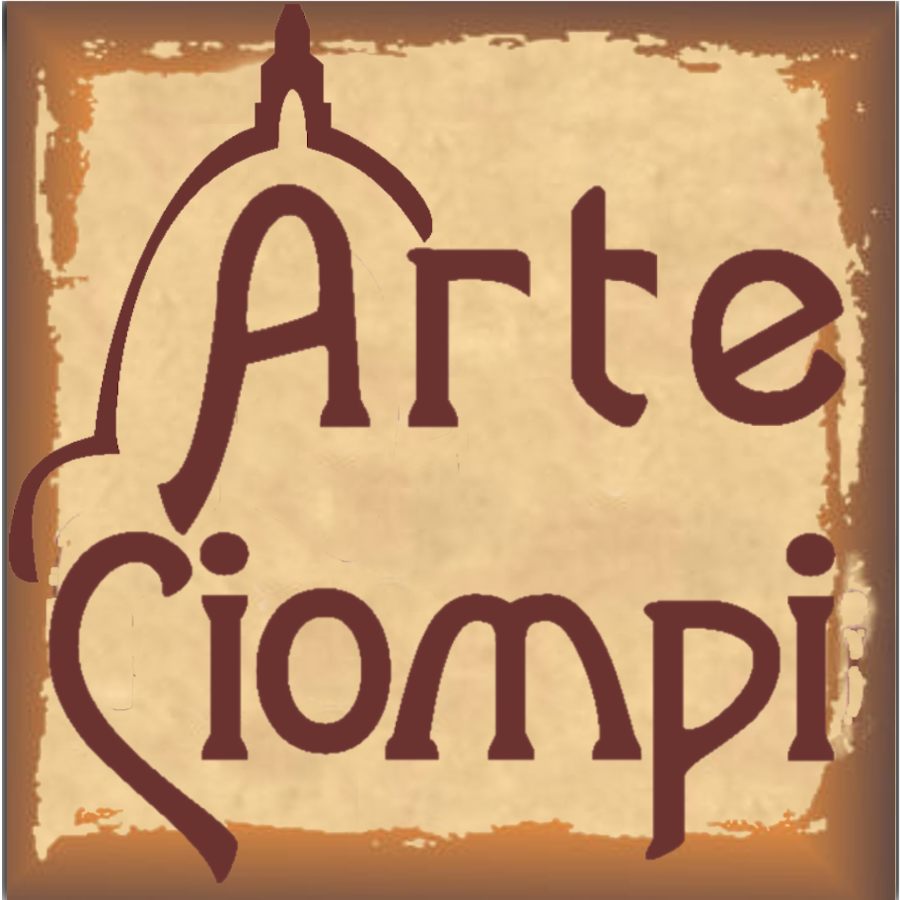HISTORICAL IMAGES AND ANCIENT SYMBOLS
Informations about the origins of the images and about the stories that inspire the production of the articles
The Lily of Florence
The famous symbol of the city embellished with the crown and acanthus leaves, version coined in the period of Florence Capital 1865-1871. This image is reproduced with the bronze negative and branded on the skins. Products with this symbol: C ofanetto , Clock Dante , soft notebook , hard notebook , Cover notebook .
The Florentine Florin
The Fiorino was the gold coin born in the city of Florence after the fall of the Roman Empire, and it was also used from 1200 until the Renaissance as a preferred trading currency in Europe.
We created the plates placed on the inside of the soft and rigid Notebooks and on the lid of the Graphite Box .
-

Scatola giglio -
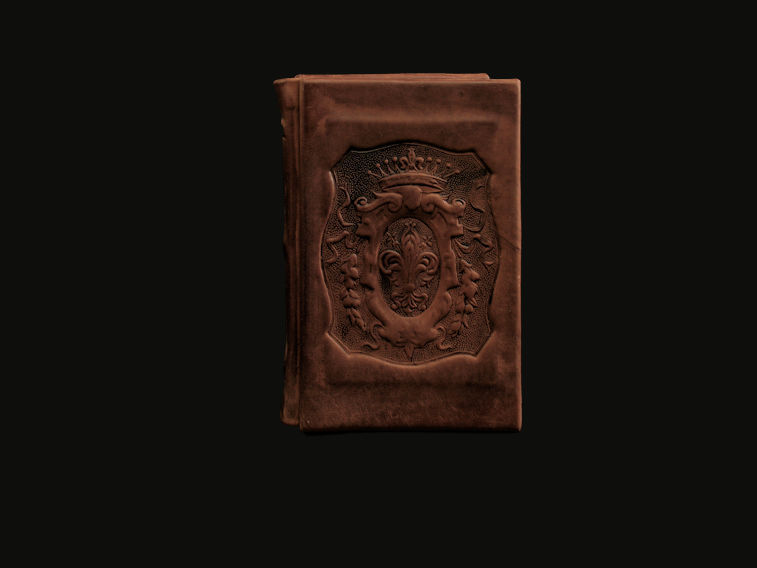
Quaderno rigido di fonte -

Simbolo fiorino illuminato di lato -
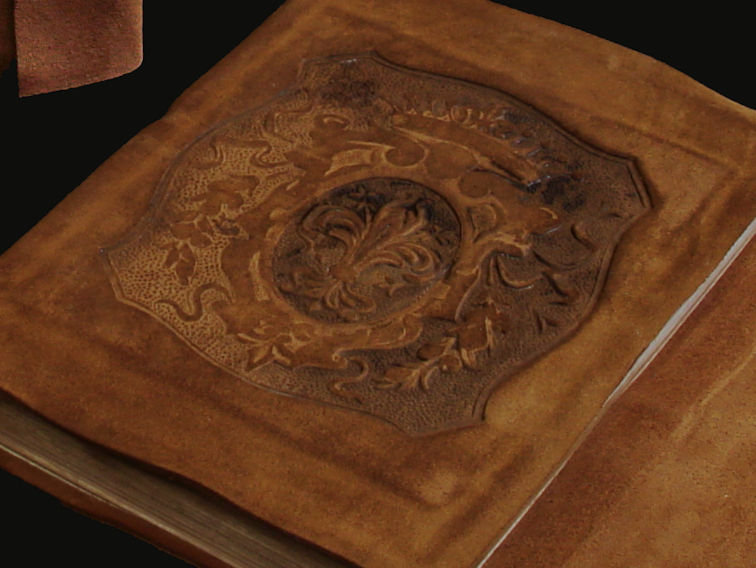
Quaderno giglio -

Dettaglio della cucitura -

Timbro in pelle con giglio -
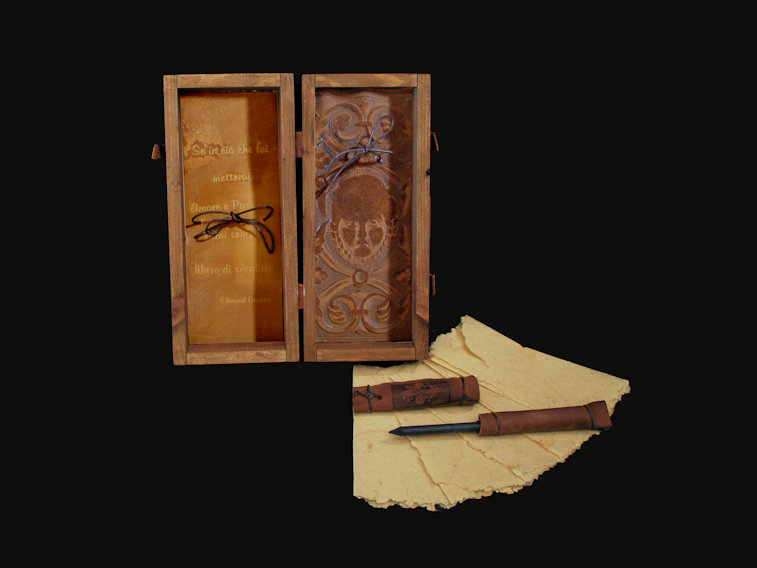
Interno della scatola grafite -
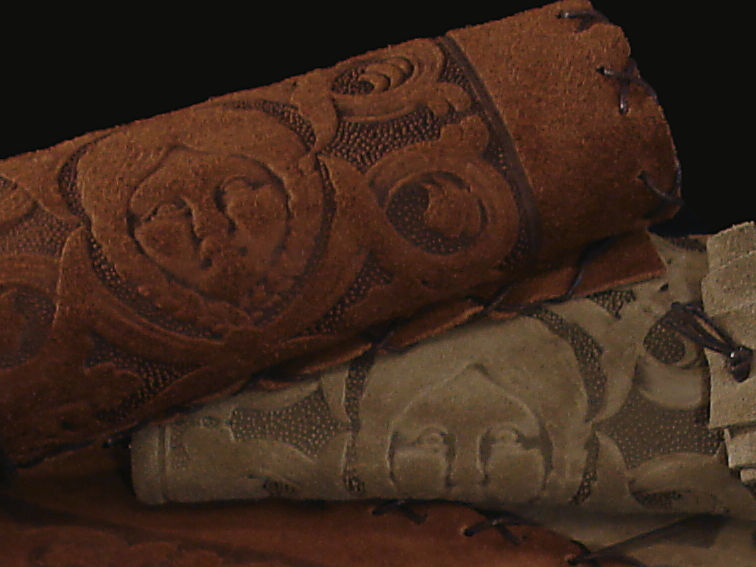
Rilievo del baccus in primo piano -
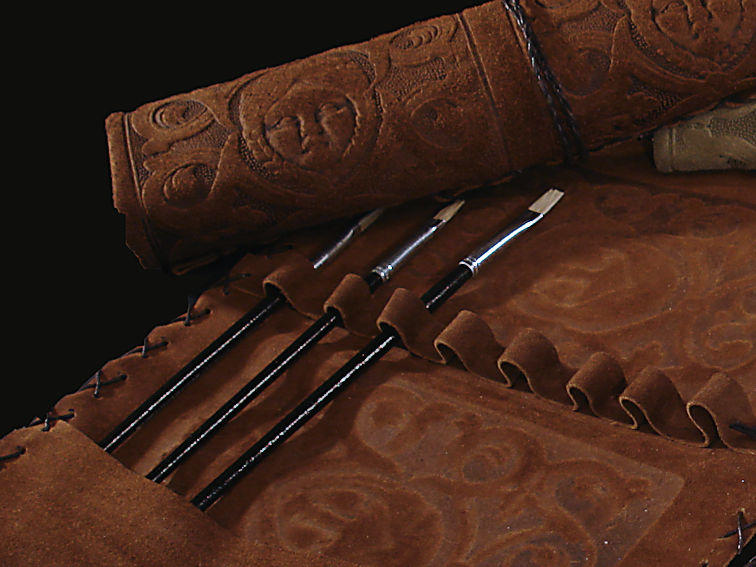
Dettaglio delle asole -
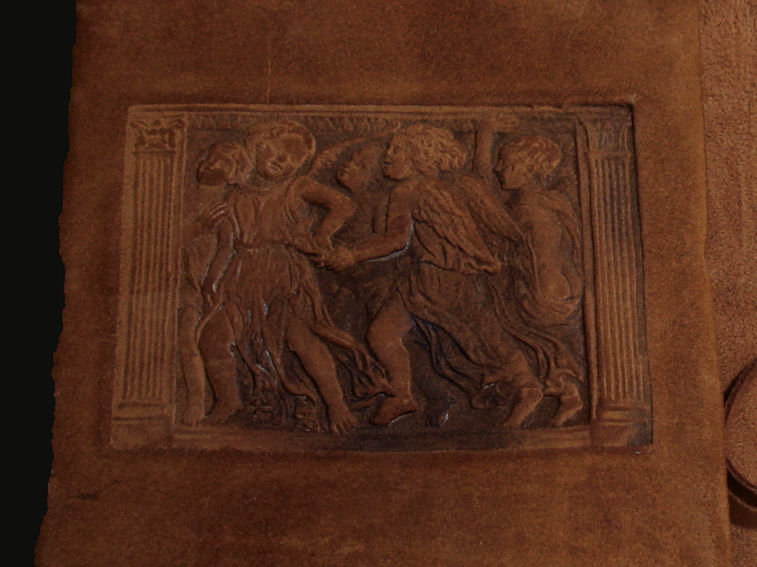
Particolare della decorazione -
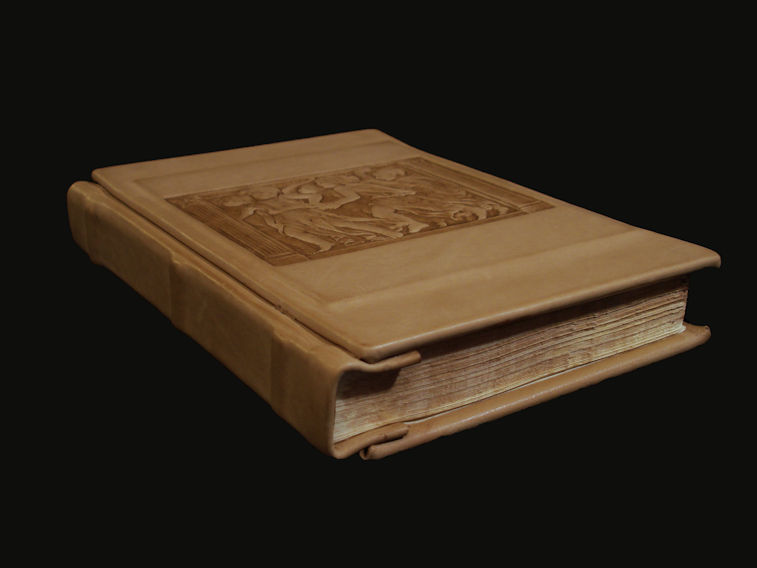
visto in piano spessore pagine -
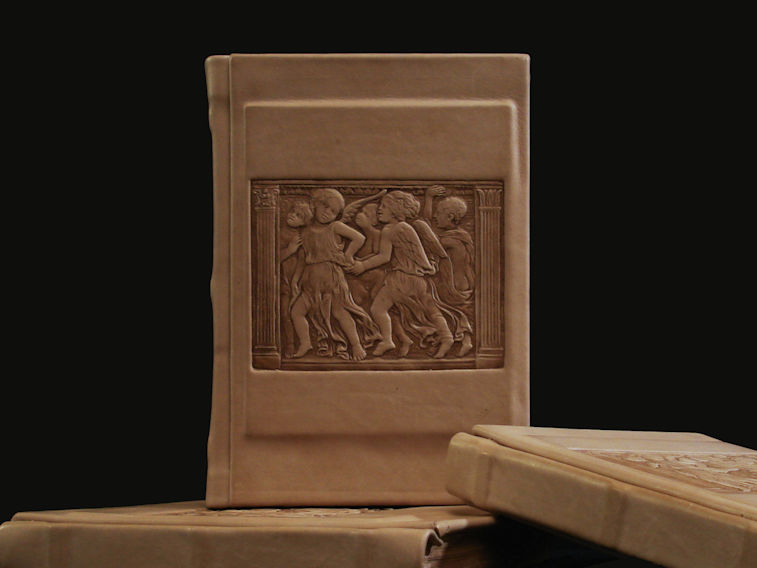
quaderno miele fronte -
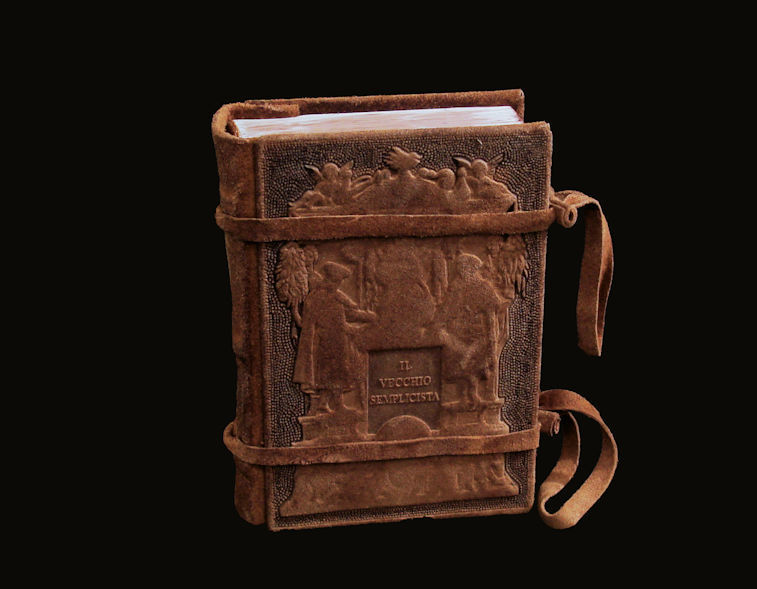
ricettario fronte -
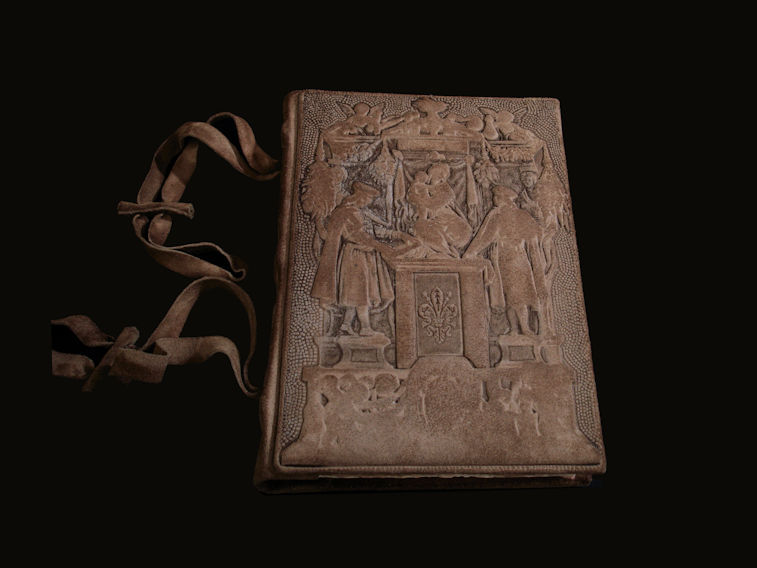
Quaderno Ricettario con lacci aperti -
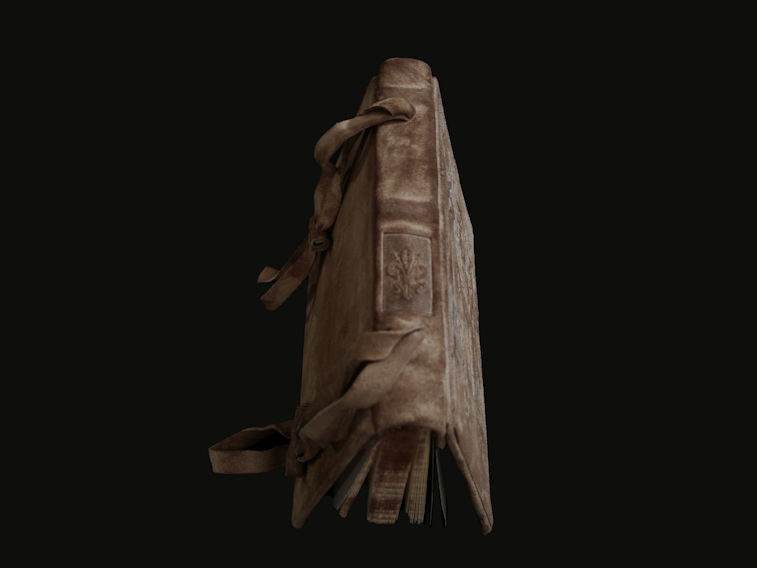
Quaderno per bella scrittura Ricettario -

Soggetto Venere stampato su Carillon -
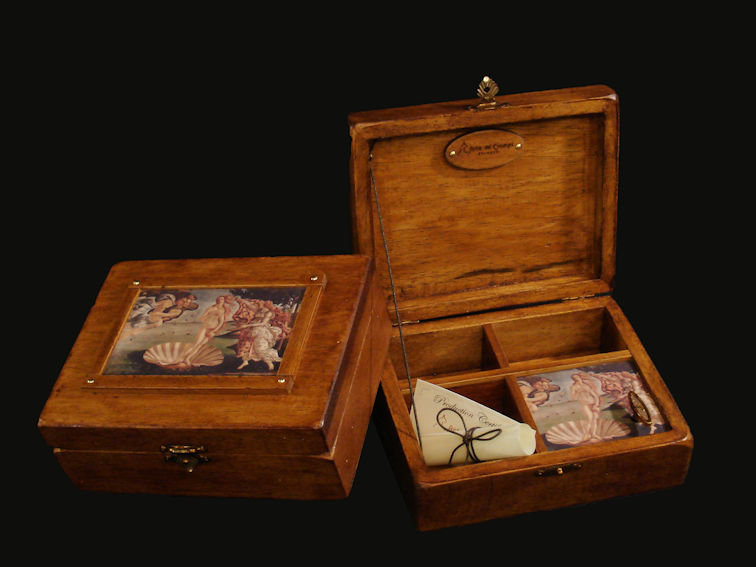
Music Venere grande aperto e chiuso -
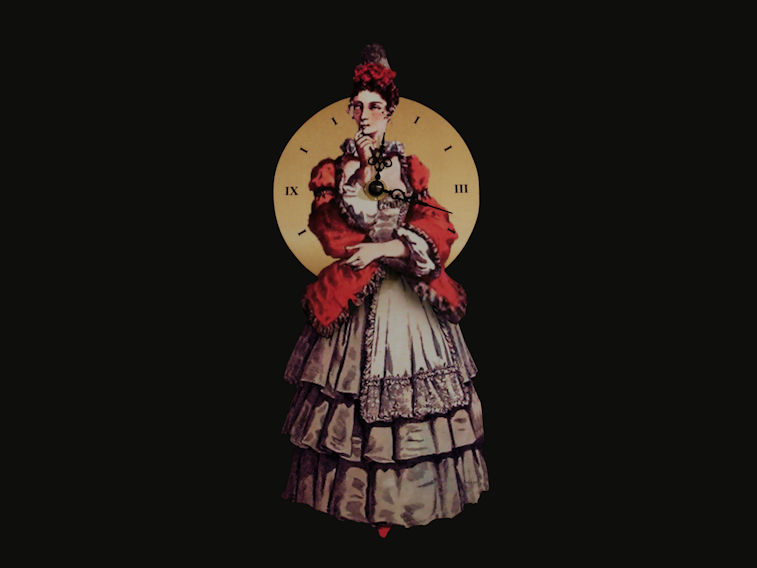
Pendola Colombina -

Pendola pantalone completa -
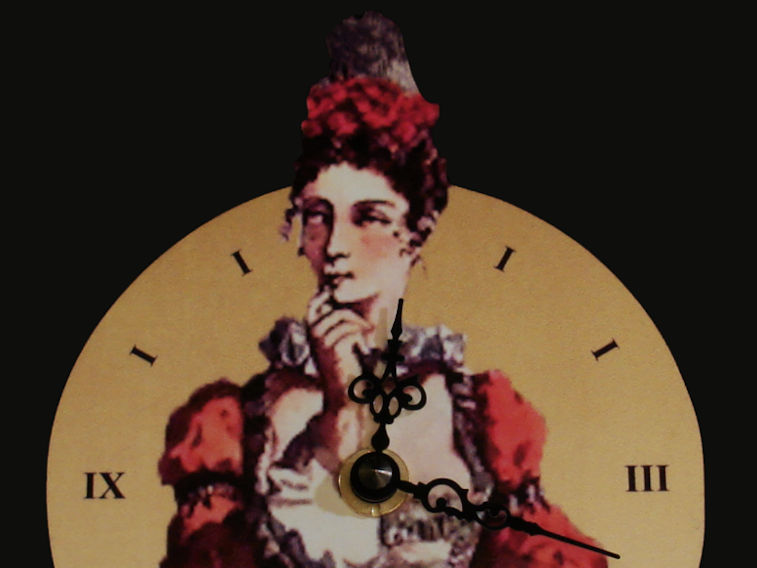
Viso orologio colombina -

Carillon con sofà e tavolino -

Tre confezioni Sola busca -
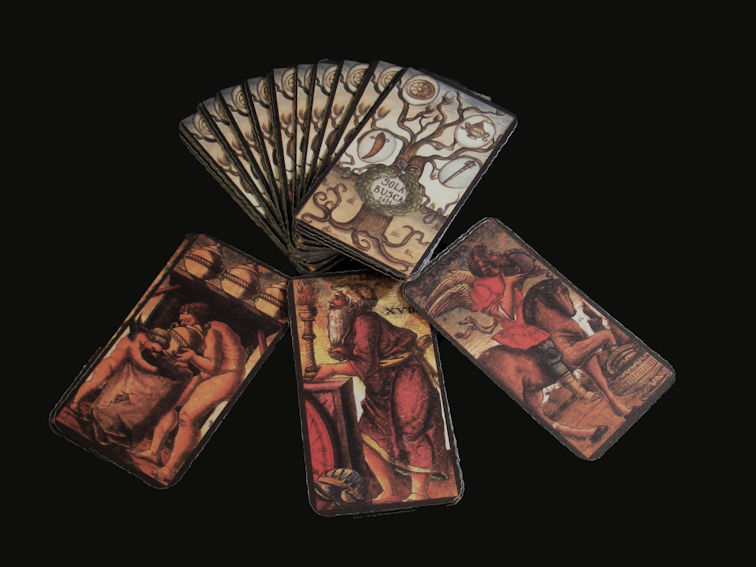
Disegni in primo piano dei tarocchi
The Ball of Angels
Image imprinted with the use of a bronze mold and an ancient heat press of 1800. It reproduces the "Ballo degli Angeli" or "Ballo della Farandola".
It is a collective dance very popular in the late Middle Ages, cheerful and bright, where the partyers jump with small steps to the rhythm of music holding hands each others.
The image represents the typical festive dance of the city of Prato performed by a crowd of young happy Angels on the occasion of the display of the sacred "Belt of the Virgin Mary" preserved in the Museum of the Opera de Duomo in Prato. The bas-relief is the first on the left of 7 decorations of the pulpit of the Prato Cathedral, and was executed on marble by Donatello (lived in Florence 1386-1486 during the Renaissance). From this pulpit the relic is held every year of the "Belt of the Virgin" cult and symbol of the city of Prato.
The life that emerges and emanates from the kindness and grace of this image is transmitted and you make it a gift by giving one of our articles that reproduces it. An article with this harmonious and spiritual image is ideal to pay homage to a birth or union. Impeccable as a gift to people of religious or spiritual backgrounds.
Articles: Box set , soft notebook , hard notebook , Cover notebook .
To see how the Farandola Ball was performed <link>
The Baccus
This bronze used to impress the relief on the hides was named Baccus because the author was most likely inspired by Michelangelo's preparatory sketches for the study of the statue " Il Bacco" preserved in the Bargello. Articles with Baccus: Tabac , Pencil , brush holder, inside of Graphite Box .
The Tarot Cards "Sola Busca"
The images are the originals from the "Sola Busca" collection, a Tarot series created in 1491, the oldest complete deck in the world. They consist of 78 Minor Arcana, designed and painted by anonymous painters of the time.
Sola-Busca is the family that was the last owner, and who donated the deck to the library at the end of the 1800s after decades of passing from hand to hand in ecclesiastical circles.
The series consists of 78 cards, 22 "triumphs" and 56 cards of the four traditional Italian suits (coins, swords, sticks and cups): originally they were prints on paper from burin engravings, which were then coloured with tempera and gold colors. Ours cards are lithographic prints mechanically cut into dies and protected by a matte lamination, details that reproduce the effect of ancient paper.
The traditional images of the fifteenth-century "triumphs" are replaced by figures of warriors from Roman antiquity and heroes of biblical history. The numeral cards, generally reserved for the reproduction of the four suits, are enriched with very complex figures, which deciphering has allowed us to interpret the deck as a living testimony of alchemical-hermetic knowledge. Among the depicted characters there are some that are difficult to identify, also due to homonyms and probable cripples. The Roman characters are those linked to the conspiracy of Catiline and the civil wars, with a possible allusion to internal political events that are difficult for us to specify today, at least until will be carried out a more in-depth investigation of the classical sources of the fifteenth century and of the Middle Ages.
The classic tarot cards are encoded in meaning, while the Sola-Busca are shrouded in mystery, full of power and charm.
The Art Comedy
The italian name is Commedia dell'Arte. The characters of the ancient Italian Theater born at the end of the 1500s revived in antiquated designs: Colombina and Pantalone the protagonists, the oldest masks of the Commedia dell'Arte. Colombina is a beautiful, sly and mischievous housekeeper (family collaborator), who takes advantage of her talents while having fun making Pantalone, the owner crazy.
The birth of Venus
"La Nascita di Venere", the famous painting by Botticelli from 1485, is preserved in the Uffizi museum in Florence. This image is reproduced with natural colours on particular treated paper, with unlimited life span, used for making the aged wood Music-boxes, either on the lid and inside of the the box.
Florentine Cookbook frontispiece
This fascinating image is the frontispiece of the first "Herbario Novo" by the physician and botanist Castore Durante, dating back to 1585. A reproduction of it in china is also found inside our Ancient Herbarium. With bronze we create the cover of some Rigid Notebooks with antique style closing laces and the Leather Herbarium .
The history and the footprints of the civilizations remain alive and powerful in the collective memory and in the strength of their still young and current vitality. The mission of those who love their past and draw their identity is to pass on the memory and live on their ever modern vital energy.
For the creation of our objects we take inspiration from the Middle Ages and Renaissance of Florence, the most famous periods that changed the profile of the city and its traditions forever.
































